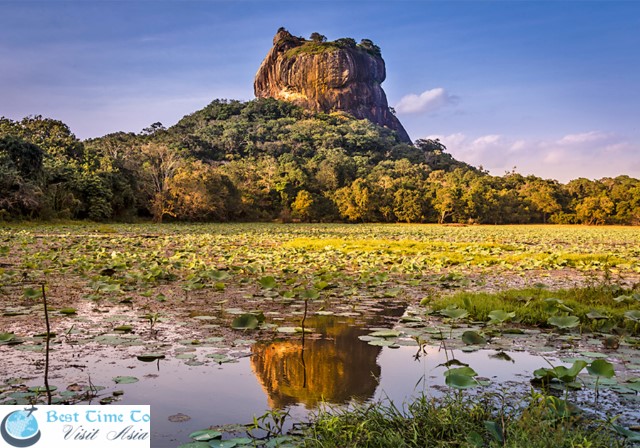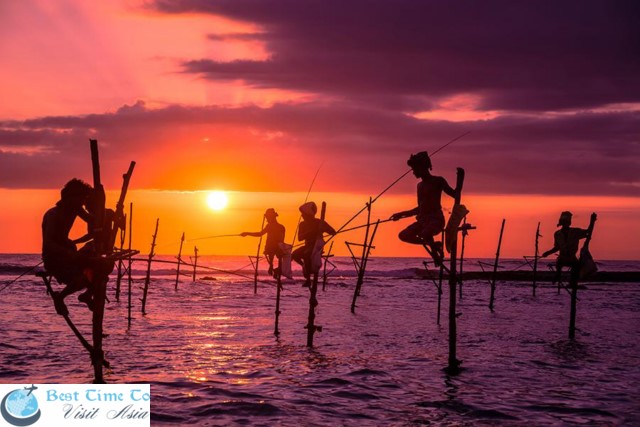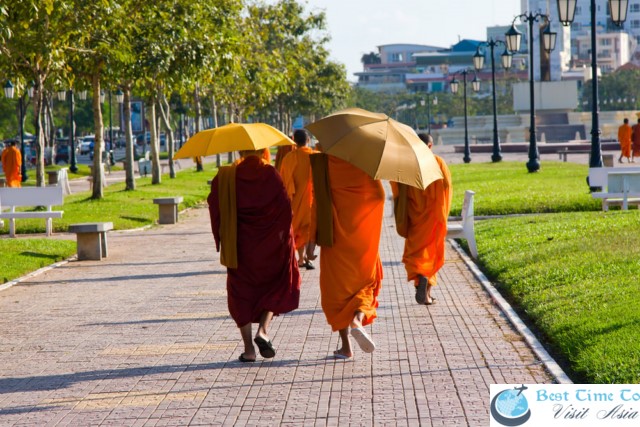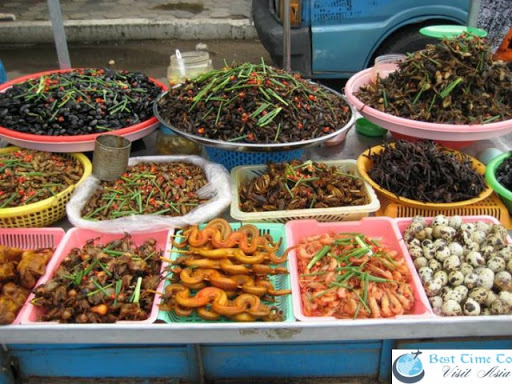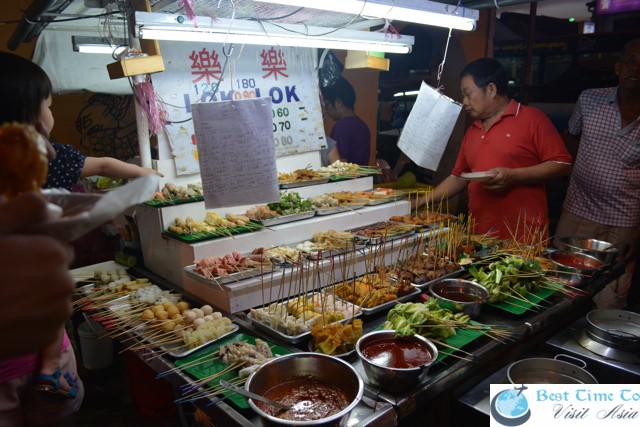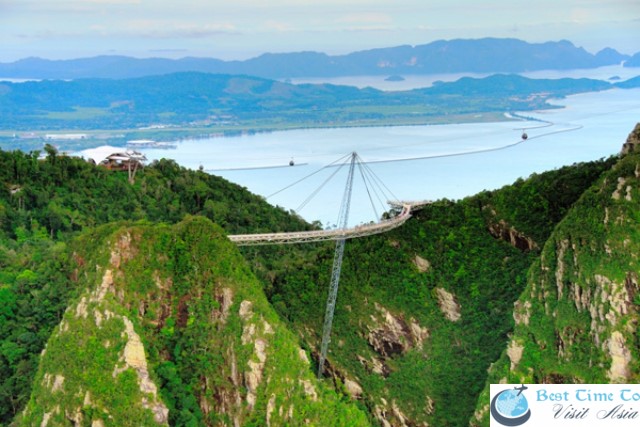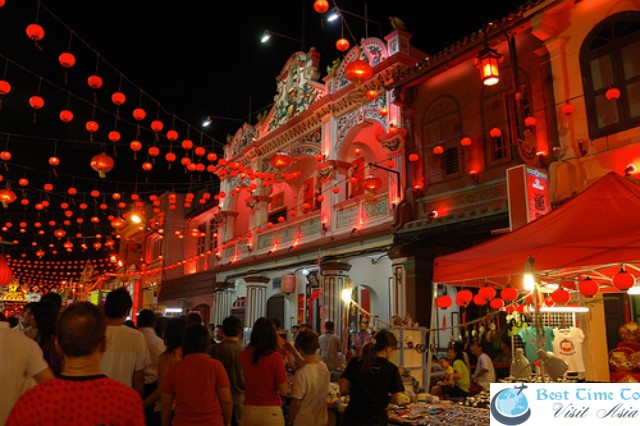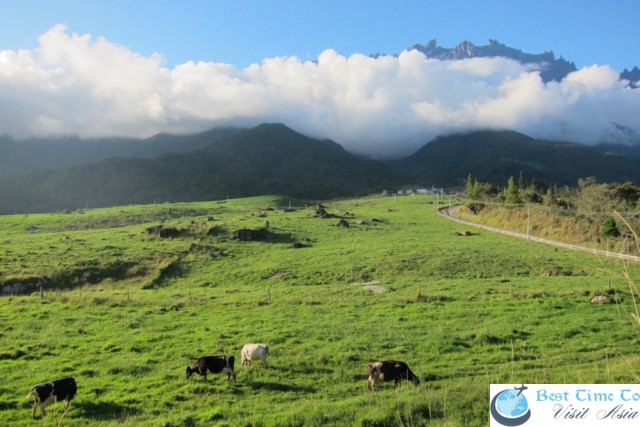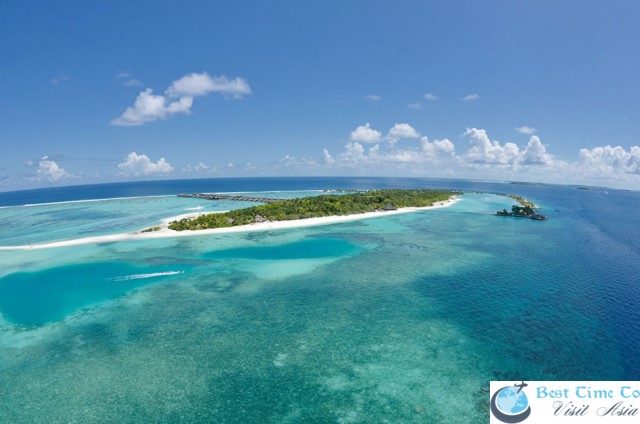People know Malaysia not only about famous Petronas Twin Towers but also many different attractions. In addition, Malaysia food is amazing because of mixing of Malay, Chinese, Indian and European influences. Malay, Chinese, Indian – there are so many culinary traditions colliding in Malaysia that it’s impossible to sum it up neatly. This culinary traditions colliding also appears in the
street food of Malaysia you can see more. Below is the signature dishes of Malaysia you MUST try.
Nasi Lemak
Nasi lemak was mentioned in the book: “The Circumstances of Malay Life”, written Sir Richard Olof Winstedt in 1909.
Nasi lemak is a Malay rice dish. It is cooked in coconut milk and pandan leaf. It is commonly found in Malaysia, where it is considered the national dish and It is also popular in neighbouring countries such as Singapore. Nasi lemak served with anchovies, boiled egg, peanuts, lamb curry, cucumber and traditional chili paste. Its name in Malay literally means “oily or fatty rice”. Nasi lemak is symbol of Malaysian cuisine and Malaysian culture. Nasi lemak are traditionally wrapped in banana leaves.
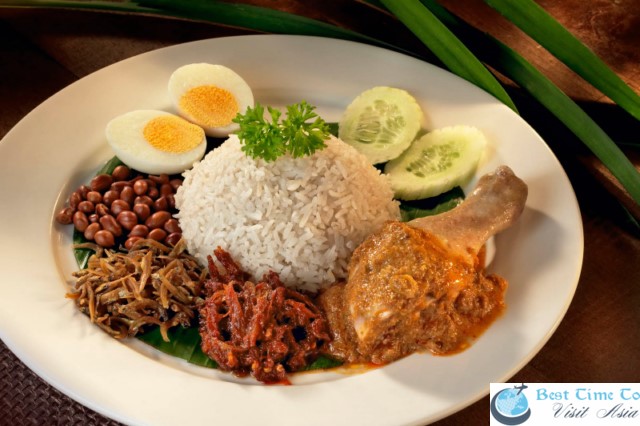 |
Nasi Lemak
|
Sang Har noodles
Sang Har Mee is probably one of the most expensive fried noodles in Malaysia, because large fresh water prawns are getting rarer and rarer, especially when China begins to import fresh water prawns from Southeast Asia. What makes Sang Har Mee overwhelmingly delicious is the prawn paste or prawn roe that is stored within the giant heads of the prawns, which makes a strong and fragrant aroma to the taste.
Sang Har noodles, Sang har mee, or freshwater prawn noodles, it is traditionally a combination of crispy noodles, firm yet succulent freshwater prawns, and gravy richly flavour with egg and roe.
The freshwater prawns come complete with creamy roe in the prawns’ heads.
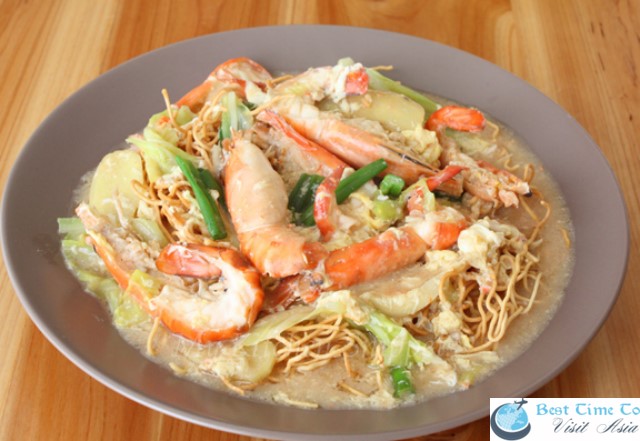 |
Sang Har noodles
|
Banana Leaf Rice
One of the great south Indian cuisine, Chettinad cuisine. Chettinad cuisine is the cuisine of the Chettinad region, Tamil Nadu state, South India. If you love rice, you will definitely love the Banana Leaf Rice.
In a banana leaf rice dish, white rice is served on a banana leaf with an assortment of vegetables, curried meat orpickles, fish, and the super addictive papadum ( look like giant, round, flat crisps). Most of the time, however, only the gravy of the curry will be served and no meat as it is meant to be a traditional Indian vegetarian dish.
This meal is traditionally eaten with the hand as Idian style eating.
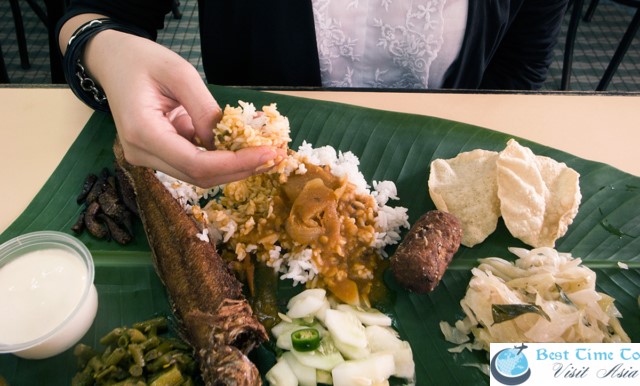 |
Banana Leaf Rice
|
Hokkien Mee
Hokkien mee is a Malaysian dish and Singaporean cuisine that has its origins in the cuisine of Fujian province in China.
Fried Hokkien mee (Chinese style cuisine- fried yellow noodles) has a cult in Kuala Lumpur. This is a dish of thick yellow noodles braised in thick dark soy sauce with pork, fish-cake, squid and cabbage as the main ingredients and cubes of crispy fried pork lard as garnishing (which would be the square cubes that you see on the top of the noodle).
Some might say that the pork lard is the main ingredient.
It is eaten before a huge night out, after a huge night out, for dinner, at all hours of the day really. If you have not eaten Hokkien Mee, It means you have not visited Malaysia.
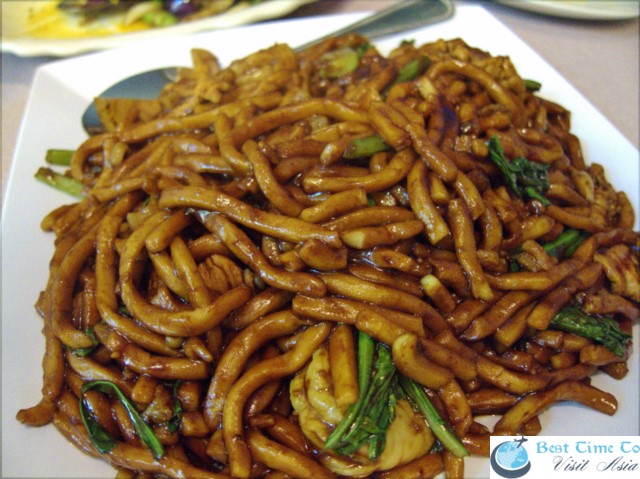 |
Kuala Lumpur Hokkien Mee
|
Malaysian Satay
Malaysian Satay, close analogues the Yakitori from Japan, the Sosatie from South Africa, the Shish Kebab from Turkey. For satay, the “must have” ingredient which makes the dish its characteristic yellow colour derived from tumeric. It is serve up with a spicy peanut sauce dip, or peanut gravy, slivers of cucumbers and onions and ketupat (rice cakes).. and you have a balanced meal of carbo, fats, protein and vegetables but tastes delightfully sinful.. not unlike junk food!
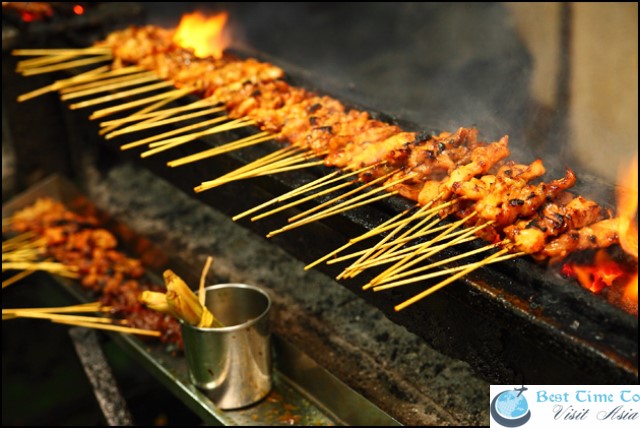 |
Malaysian Satay
|
See more Malaysia street foods
at here.
